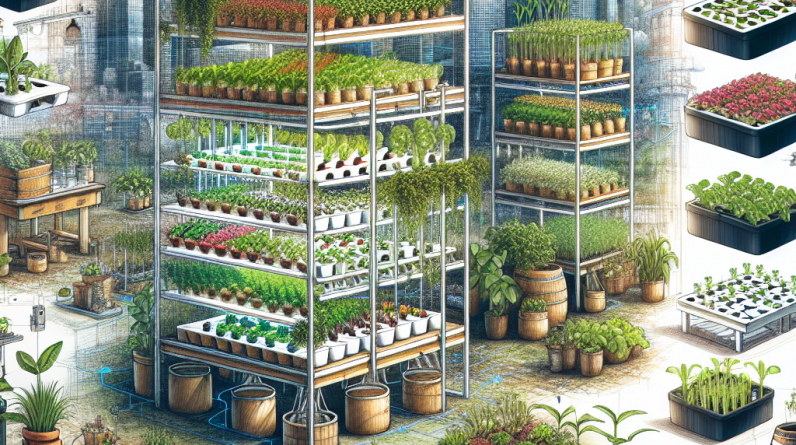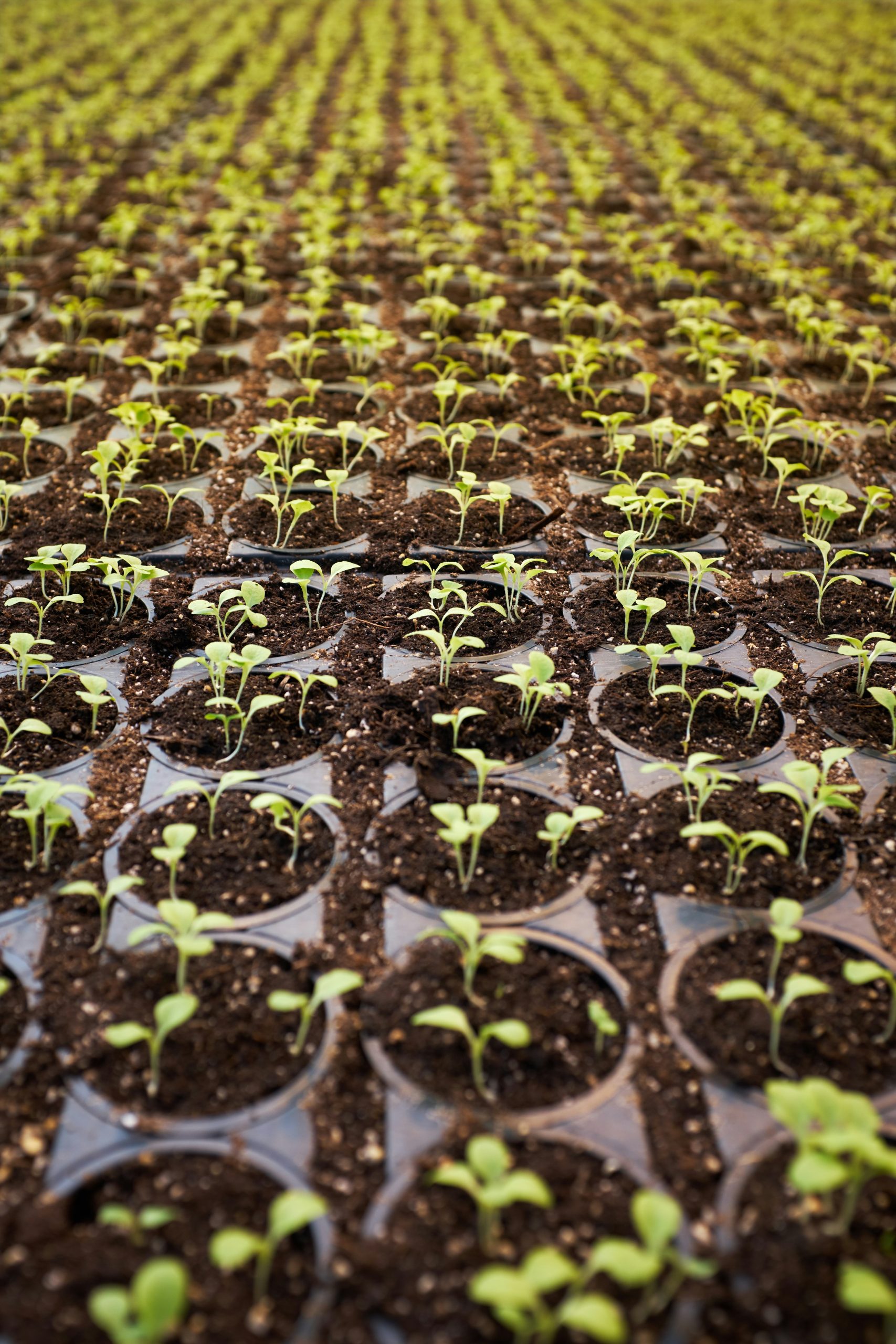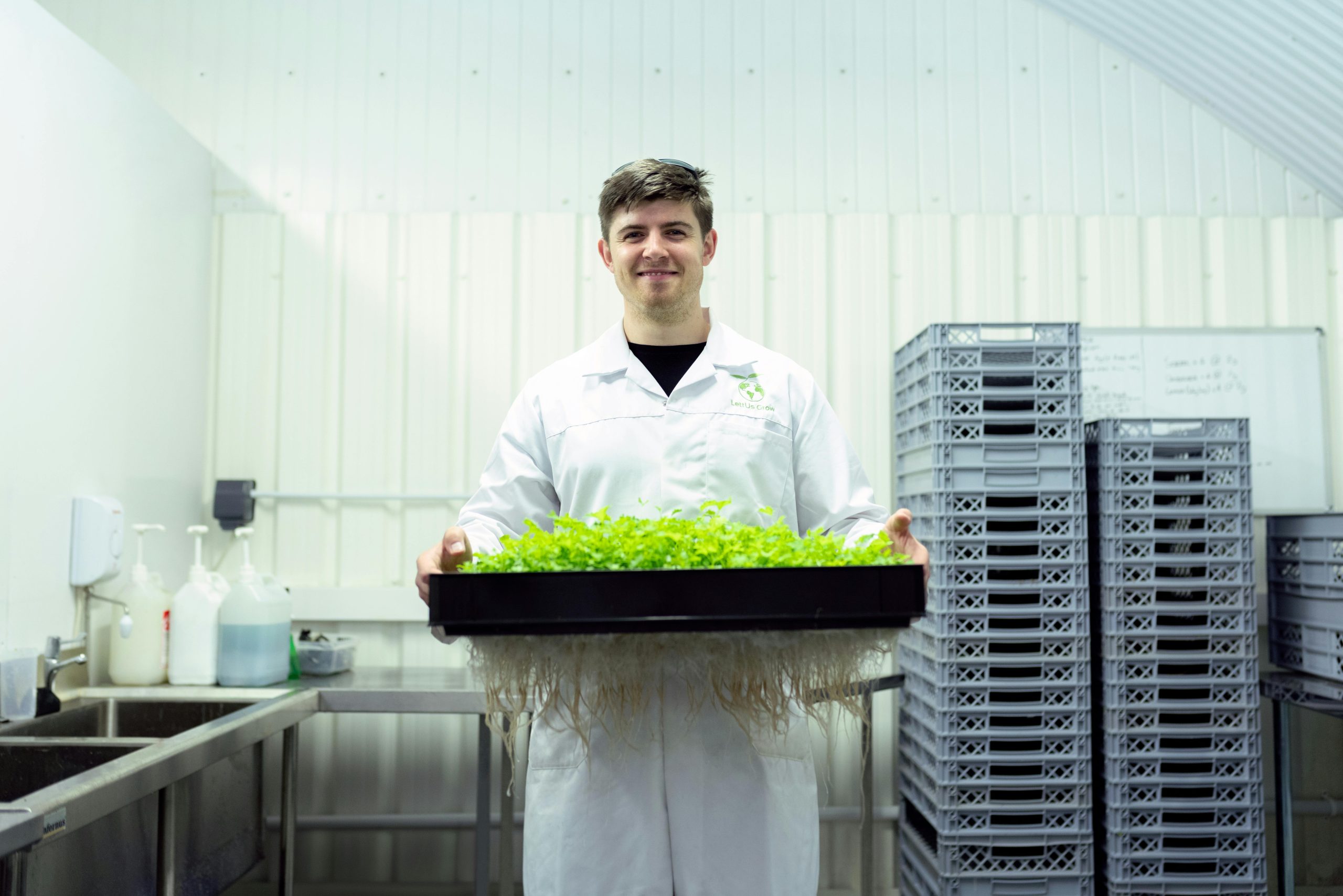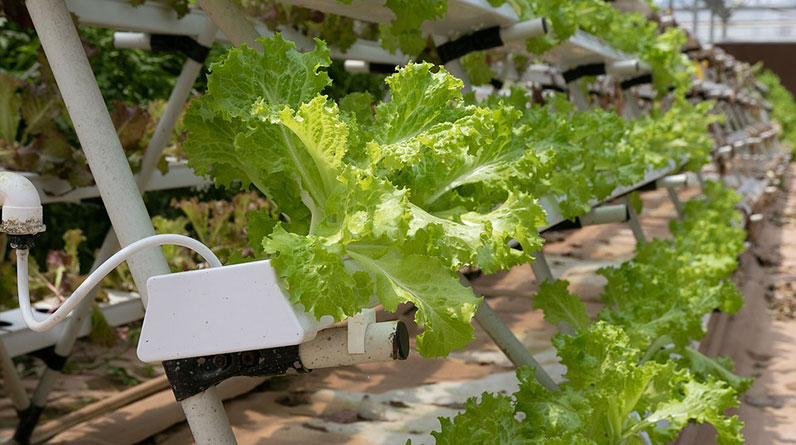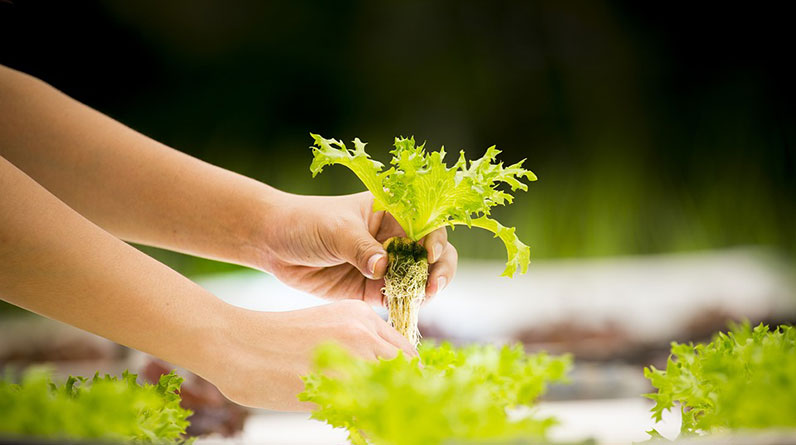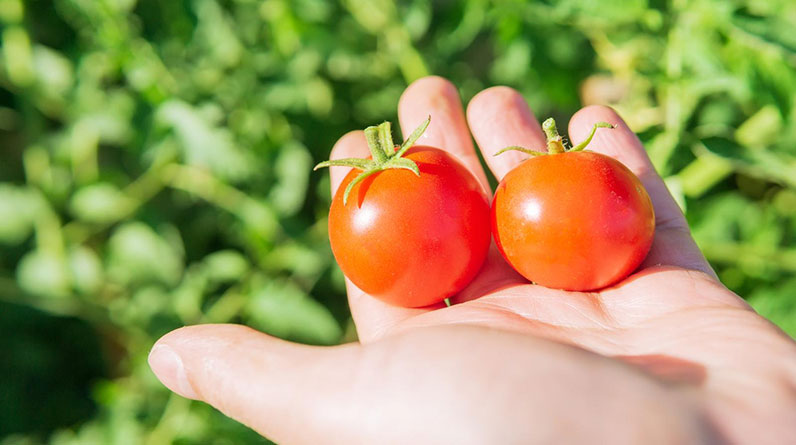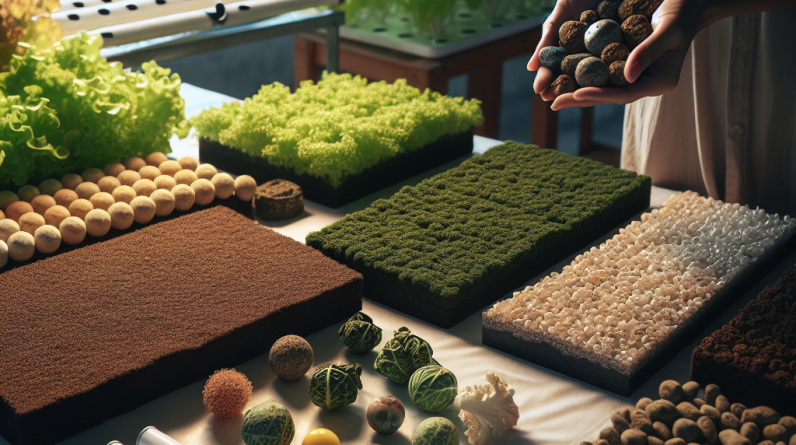
Understanding Hydroponics
What is Hydroponics?
Hydroponics is like a super cool science experiment that takes place in your backyard or even your living room. Instead of soil, we use nutrient-rich water to grow plants. I remember my first time getting excited about plants without all that messy dirt. Trust me, it’s a game changer!
Basically, plants still get what they need—water, nutrients, and air—but in a way that’s more efficient. It’s amazing how you can grow crops in places where traditional farming just wouldn’t fly. So, learning the ropes of hydroponics is the first step to finding the right growing medium.
And while it may sound futuristic, it’s super manageable, and with the right hydroponic system and medium, you’ll be on your way to becoming a green-thumb guru in no time!
The Role of Growing Medium
You might be wondering what a growing medium even is! Well, it’s the material that supports your plants’ roots. It’s not just about holding them upright; it plays a pivotal role in nutrient absorption and ensuring aeration for those roots. I often think of it like the comfy bed for your plants; they need it to thrive!
Diverse growing mediums come packed with unique features. From coconut coir to rock wool, each medium has its pros and cons. Picking the right one means considering your specific setup and plant type. This choice can make or break your hydroponic journey.
The right growing medium can help your plants absorb moisture and vitamins effectively, leading to lush, green growth. It’s really about matching your plants’ needs with what the medium offers. It may take some time, but once you find that match, your garden will flourish!
Common Types of Growing Mediums
Alright, let’s dive into the vast ocean of growing mediums! First up is rock wool. It’s great for holding moisture and has a unique fibrous texture that helps with root development. However, beware—it doesn’t hold onto nutrients that well. I learned that lesson the hard way!
Next on the list is coconut coir, which has become my personal favorite. It’s eco-friendly and enhances the aeration of the roots, along with retaining moisture like a pro. But remember, it might require adjustments in pH levels, so keep an eye on that!
And then there’s perlite—this is a go-to for many hydroponic enthusiasts. It is lightweight and improves drainage while enhancing aeration for those roots. Using a mix of these mediums can give you the best input: think of it as a buffet for plant roots!
Assessing Your Hydroponic Goals
What Are You Planning to Grow?
Before I jump into choosing a medium, I always think about what I want to grow. Different plants have different needs; for example, leafy greens like lettuce might thrive in a different medium than tomatoes. Understanding plant requirements is key!
If you’re growing vegetables, consider their root depth and moisture needs. I’ve found that shallow-rooted plants often prefer medium that retains moisture but offers good drainage, while deep-rooted plants may need something sturdier.
Asking yourself the right questions about your hydroponic crops can narrow down your choices significantly. Getting these preferences in check first saves a lot of headaches down the road.
Set-Up and Space Constraints
Next up, consider your setup and space. I’ve learned that your available space often plays a huge role in deciding what medium to use. If you’re tight on space, something lightweight like rock wool or a foam growing mat might work best, as they make it easier to manage and rearrange.
The type of hydroponic system matters too. Tower systems versus deep water cultures may require different mediums! The first time I set mine up, I went with a medium that was totally wrong for my system. It was a learn-as-you-go experience for sure!
It’s all about aligning your goals with what your space allows. A little planning goes a long way, folks!
Cost and Availability
Let’s hit on the elephant in the room: cost. Some growing mediums can be pricey, especially organic ones. You don’t want to break the bank to get started. However, I’ve learned that investing a bit upfront can save you a lot in frustrations later.
Finding a medium that’s both effective and budget-friendly is key. I often browse my local gardening store as well as online retailers. I’ve even scored some awesome bulk deals—always a win when your wallet thanks you too!
Plus, think about how easy it is to get these growing mediums. If they’re not readily available, you might face delays on setting up or maintaining your system. Being prepared with reliable sources is part of the process!
Testing and Evaluation
Trial and Error
No matter how much reading you do, nothing beats getting your hands dirty. I always recommend giving a couple of different mediums a shot! With hydroponics, it can truly be trial and error.
When I first dug into hydroponics, I experimented with various mediums. Let me tell you, some of them were hit-or-miss! It’s all about how plants respond to different mediums that teaches you what works best.
Documenting your experiences is super helpful. It can feel overwhelming at first, but tracking your successes and failures will guide you on the right path moving forward.
Monitoring Plant Health
Once you decide on a medium and your plants start growing, keep a close eye on their health. Signs of stress or nutrient deficiencies can indicate if your growing medium is right for the job. This is where you become a patient and observant hydroponic farmer!
I’ve spent a lot of time tweaking nutrient solutions based on what I’ve learned watching my plants. Healthy, vibrant plants will tell you if they’re happy in their medium—yellowing leaves or stunted growth will signal you need to reassess.
Checking in regularly helps ensure that everything is running smoothly. This continued monitoring is part of the fun and a great learning opportunity!
Adjustments Over Time
Once your system is up and running, don’t be afraid to make adjustments if needed. Maybe a particular medium isn’t working for a specific plant variety after all. Being flexible is essential in hydroponics!
I’ve had to swap out mediums entirely after seeing that what I started with just didn’t mesh well with certain crops. Remember, it’s all part of the learning curve! If something isn’t working, don’t hesitate to change it up.
By staying adaptable, you ensure your plants get the best environment they can. You can or may find that the adjustments really enhance their growth and yield.
Conclusion: Choosing the Right Growing Medium
In the end, finding the right growing medium for your hydroponic system is all about understanding your plants’ needs and being responsive to feedback. By exploring your options and monitoring your progress, you’ll set yourself up for hydroponic success!
From understanding hydroponics to evaluating your setup, each step is vital in this journey. I’ve had my share of bumps along the way, but whether you’re a beginner or a seasoned pro, there’s always something new to learn!
So, roll up those sleeves, get out there, and start experimenting! Your hydroponic garden awaits!
FAQ
1. What is the best growing medium for beginners in hydroponics?
For beginners, I’d suggest starting with coconut coir or perlite. They’re both easy to handle and work effectively for a range of plants.
2. Do I need to adjust the pH for all growing mediums?
Not all, but it’s essential to monitor and potentially adjust the pH, especially for organic mediums like coir. Aim for a pH of around 5.5 to 6.5 for optimal growth.
3. How often should I change out the growing medium?
While there’s no set rule, it’s a good idea to consider changing your medium at least once a year, or when you notice a decline in plant health.
4. Can I mix different growing mediums?
Absolutely! Mixing mediums can actually provide more balanced moisture and nutrient retention, depending on your plants’ needs.
5. Is it possible to grow without any medium at all?
Yes! Systems like nutrient film technique (NFT) can have plants literally hanging in the air, as long as their roots are suspended in nutrient-rich water.


